Everybody loves days off work and I think you would be hard pressed to find someone who doesn’t look forward to the weekend. People working in the airline industry have their time off on all sorts of different days, but it is relatively similar to what everyone else gets.
For air crew, that could mean flying to New York today, spending the night, and then flying straight back the following day. Once back, it could be off again the day after to somewhere else – quite tiring! It wasn’t always like this though.
Long Stretches Of Days Off
For much of the 20th century, things were very different, particularly for international crew. Stewards and Stewardesses (or Air Hostesses – more commonly Flight Attendants or Cabin Crew today) – and Pilots – had far more time off after a trip. This was partly because trips away lasted much longer due to the multi-stop flights of the time.
Take this trip operated in 1967 by Australia’s Qantas. A crew member called Mike Butler recalled online that his very first duty went like this. A day flying from Sydney to Nadi to Honolulu, then followed two days off. A service from Honolulu to San Francisco, followed by two days off. Next up San Francisco to New York, with, you guessed it, two days off.
This took place in 1967. The agreement was that you received 75% of your time away as days off when you got home. Pretty decent all round when you think of it, though you were away a lot… but that is no different to how it is today.
Overall Thoughts
Arrangements like this are largely consigned to the history books, along with multi-stop flights. Today crew will operate generally one, two, three or four sectors, depending on the duration. There are some days that are longer with regional carriers, but that is how things are.
It must have been some life, spending time in interesting cities as you took passengers around the world. The fact people received plenty of time to rest at each city along the way must have been great for seeing places and socialising. Today’s crews tend to only have one night away and need to fit in sleep, so playing tourist can be more limited.
Did you work for an airline that had a crew agreement like this? How are things today? Thank you for reading and if you have any comments or questions, please leave them below.
Like planes? See my “Does anyone remember” series.
Flight reviews your thing? Mine are all indexed here.
Follow me on Facebook, Twitter and Instagram.
Featured image via Pinterest.
Pan American stewardess by Cheelah via here.
Qantas air hostess via Pinterest.

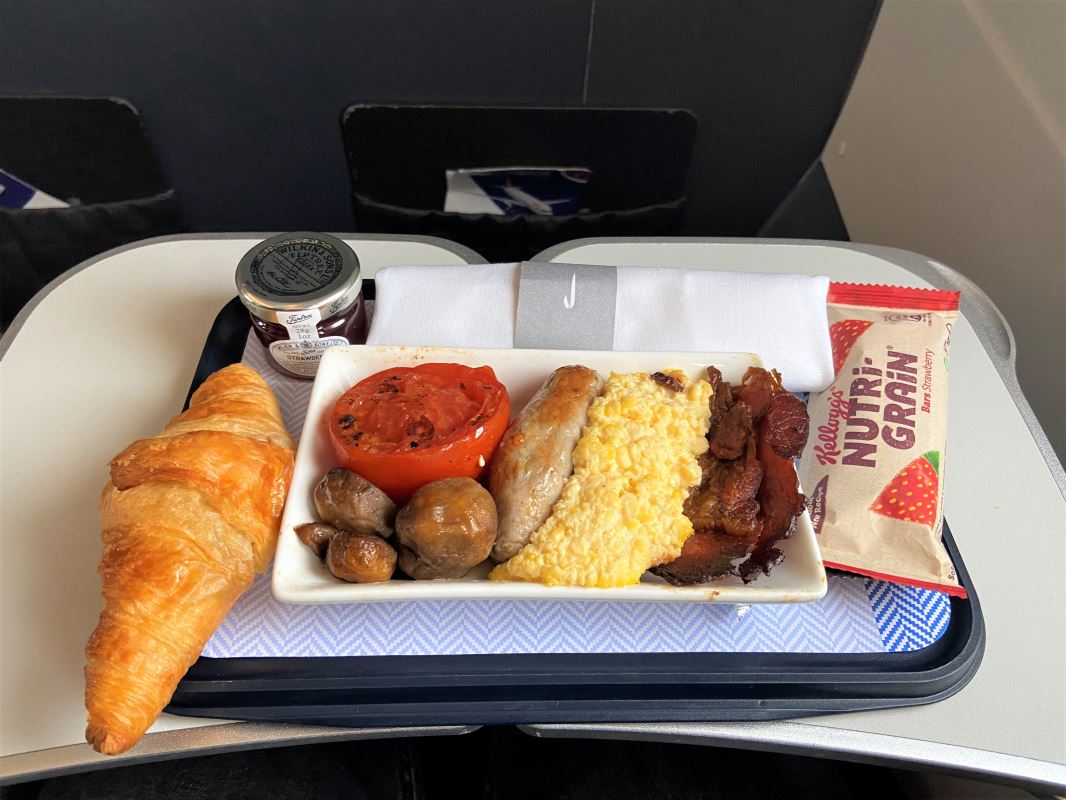

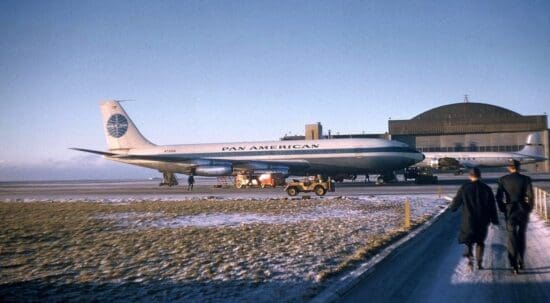
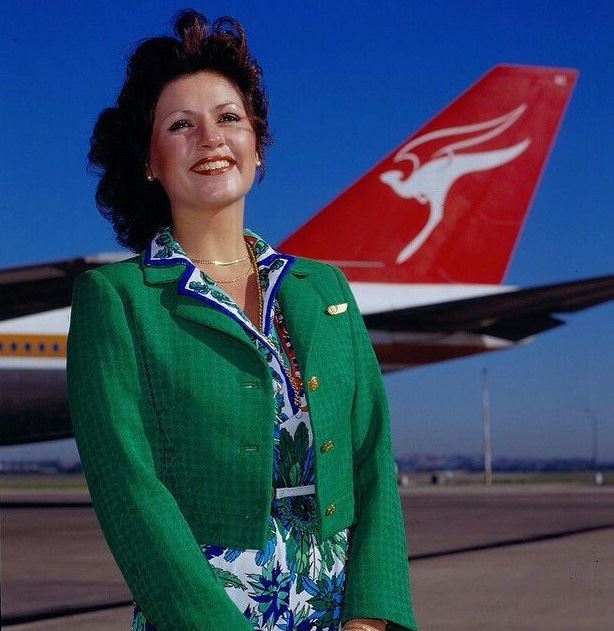
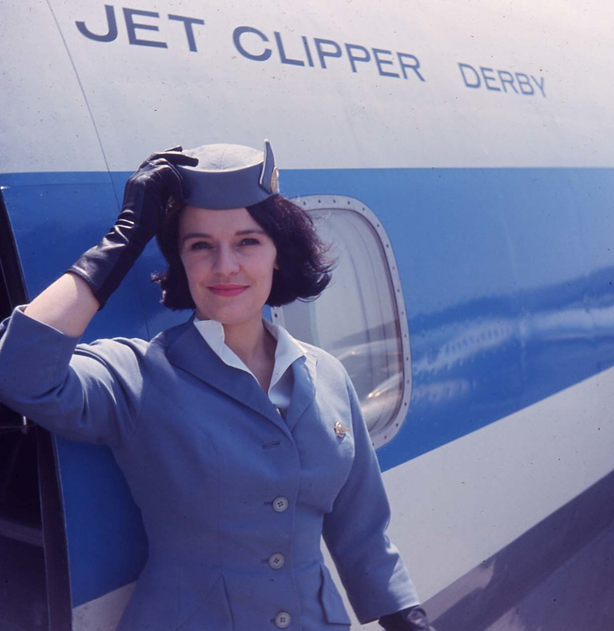


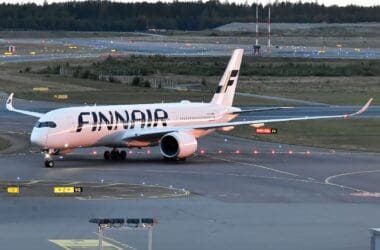
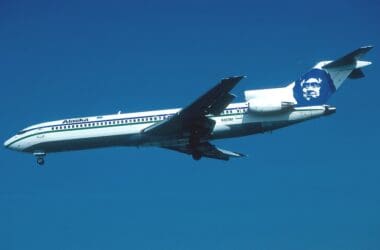
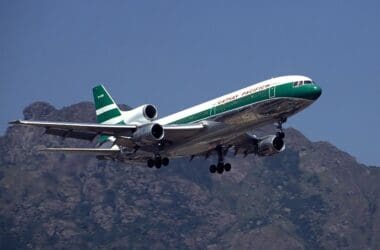
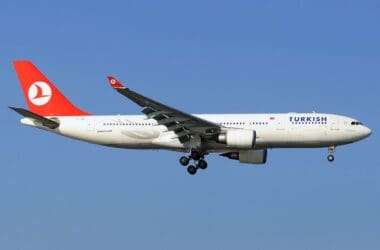
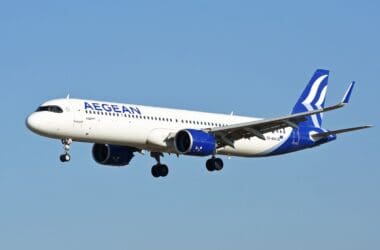
You also have to remember that flying an airliner long distances was much more work for the pilots than it is these days. No FMS, autopilot was a lot less capable, WX forecasting was not as good, navaids were more sparse and not as accurate. An IRS was a luxury, otherwise someone was using a sextant.
Back in the 80’s when I first considered becoming a steward, South African Airways would fly to NY say on a Monday and fly back on the Thursday. Same to Hong Kong, Frankfurt, etc. The flight staff always had 2 or 3 nights off in the city they flew to. Sounded like the perfect job.
I ended up in video and still get to fly all over so it worked out fine.
Absolutely, sounds like that would have been a lot of fun, really! I wish I’d done it myself, but alas… 🙂